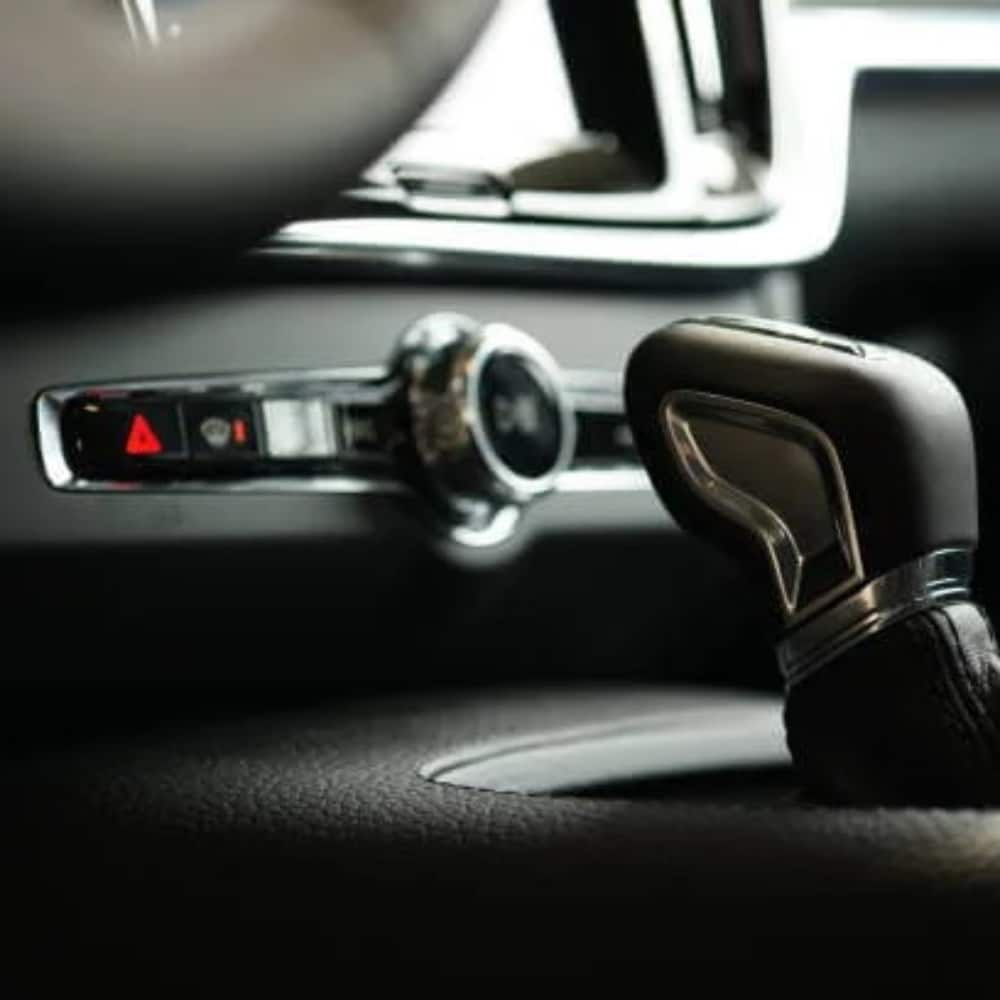
The Engine Control Unit (ECU) is the brain of your Volvo, managing various functions from engine performance to fuel efficiency. When ECU issues arise, they can lead to a host of problems, including poor performance, increased emissions, and even complete engine failure. Being able to identify and address these issues promptly is crucial for maintaining your vehicle’s health. Here are expert tips to help you diagnose and repair Volvo ECU issues.
1. Recognizing Symptoms of ECU Problems
The first step in addressing ECU issues is recognizing the symptoms. Common signs that may indicate a problem with your Volvo’s ECU include:
- Check Engine Light: If your check engine light comes on, it may indicate an ECU-related issue. Use an OBD-II scanner to check for error codes that can provide more information.
- Poor Engine Performance: If you notice a decrease in performance, such as rough idling, stalling, or sluggish acceleration, the ECU may not be functioning correctly.
- Fuel Efficiency Changes: A sudden drop in fuel efficiency can indicate that the ECU is not managing the fuel-to-air ratio properly.
- Electrical Issues: Malfunctioning electrical components, such as lights, windows, or locks, may also point to ECU problems.
2. Use Diagnostic Tools
To accurately diagnose ECU issues, use diagnostic tools like an OBD-II scanner. This tool connects to your vehicle’s onboard diagnostics system and retrieves error codes stored in the ECU. These codes can help pinpoint specific problems and guide your repair process. If you don’t have a scanner, many auto parts stores or repair shops offer diagnostic services.
3. Inspect Wiring and Connections
A common cause of ECU problems is damaged wiring or poor connections. Inspect the wiring harness that connects to the ECU for any signs of wear, corrosion, or damage. Ensure that all connections are secure and clean. If you find any damaged wires or connectors, they may need to be repaired or replaced to restore proper ECU function.
4. Check for Software Updates
Volvo regularly releases software updates for their ECUs to improve performance and fix bugs. Check with your dealer to see if your vehicle requires any software updates. Keeping your ECU software current can help prevent issues and enhance your vehicle's overall performance.
5. Perform a Hard Reset
If you're experiencing minor ECU-related issues, performing a hard reset might help. To do this, disconnect the car battery for about 15 minutes. This action can clear any temporary faults or glitches in the ECU. However, if the problem persists, it’s best to consult a professional.
6. Seek Professional Help
If you've identified ECU issues but aren’t comfortable performing repairs yourself, it’s essential to seek professional help. At our Volvo service center, our certified technicians have extensive experience diagnosing and repairing ECU problems. We use state-of-the-art diagnostic equipment to accurately assess and resolve issues, ensuring your Volvo operates at peak performance.
7. Look for Volvo Deals Near Me
We frequently offer promotions on parts and services that can help you save money while keeping your vehicle in top shape. Whether it’s a software update, wiring repair, or a complete ECU replacement, taking advantage of our deals can make maintaining your Volvo more affordable.
Conclusion
Identifying and repairing ECU issues in your Volvo is crucial for maintaining its performance and reliability. By recognizing the symptoms, using diagnostic tools, inspecting wiring, checking for software updates, performing hard resets, and seeking professional help, you can ensure your vehicle remains in excellent condition. If you’re experiencing ECU problems or need assistance, don’t hesitate to contact Gengras Volvo East Hartford. Our expert team is here to help you get back on the road smoothly and efficiently!